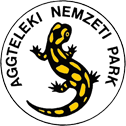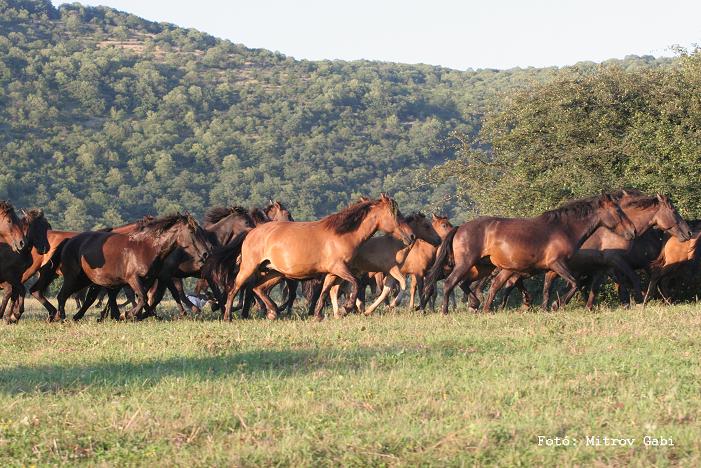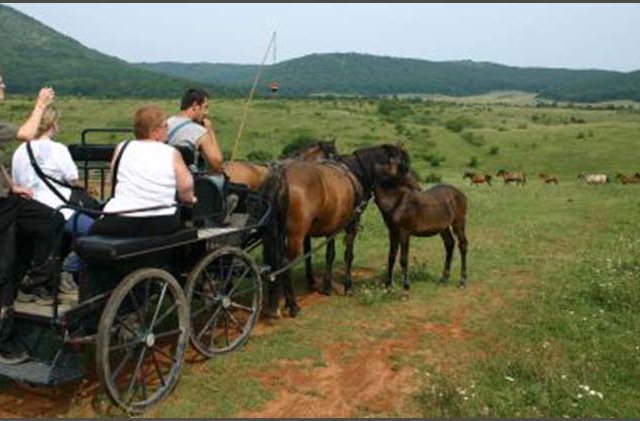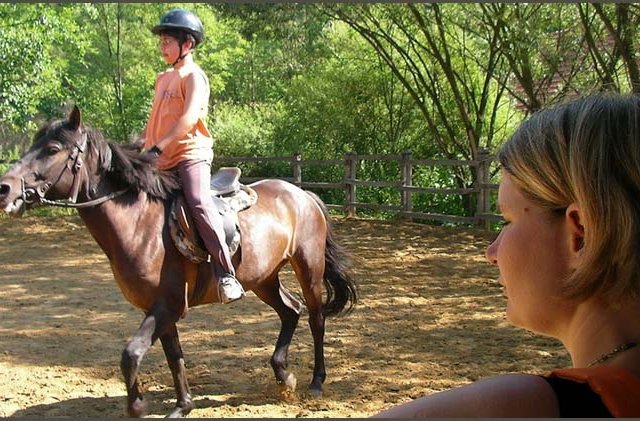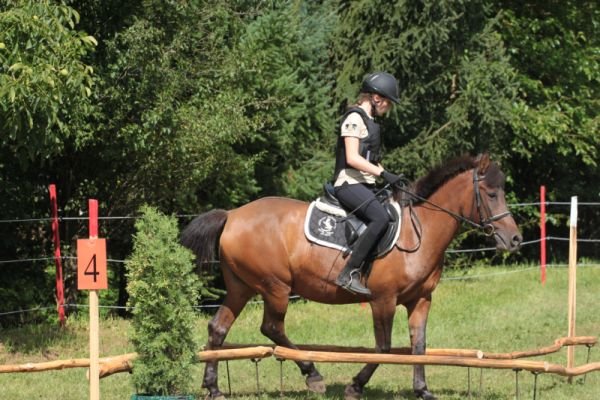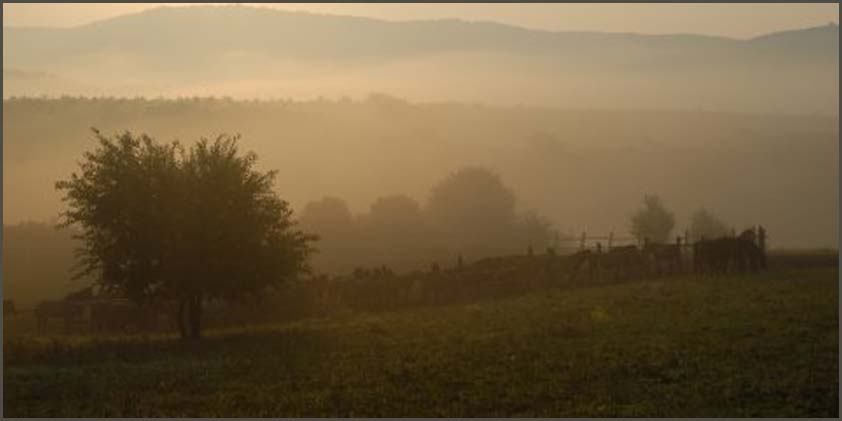
The Hucul Horse
Genetically, huculs are the breed closest to those horses used by the tribes (Avars, Székelys, etc.) which inhabited the Carpathian Basin before the Hungarian Conquest in the 9th century. Since that time, huculs gradually became outnumbered in herds by other breeds - for example horses similar to the Akhal-Tekes of Turkmenistan. Over the course of centuries, the indigenous species were gradually replaced by foreign breeds. However, a number of thoroughbred huculs survived this period in the most remote parts of Carpathians. This period of natural selection resulted in a small, hardy hucul suited to rough and hilly terrain. Today, its surefootedness and ability to work and carry loads over difficult terrain is prized over many other breeds. The hucul’s appearance has changed little from that of the ancient wild horse it once was.
.jpg)
Our Hucul Horses
After 1919, the Austro-Hungarian Habsburg Monarchy’s central stud farm was diversified among the newly formed neighbouring states. However, following World War II, hucul breeding was largely neglected. From 1970, the Director of Budapest Zoo and Botanical Garden, Dr. Csaba Anghy, gathered the remaining thoroughbred huculs. Ten mares were received by Aggtelek National Park in 1986, and breeding in Hungary resumed using these horses and several specimens from abroad.
At the main stud farm in Jósvafő, our most important job is the conservation of this ancient breed’s gene stock. Horses are carefully selected for breeding in order to raise healthy foals. The foals are then evaluated when they reach around three years of age.
Aggtelek National Park organises regular riding camps for children at the stud farm in Jósvafő riding camps during spring, summer and autumn. Not only are participants able to ride, but they also gain an insight into the life of the stud farm and learn about the treatment and care of horses.
At the camps, young riders can gain experience on the small horses, riding them on the lead or in classes. Advanced riders can ride cross-country and participate in Hucul obstacle course events.
As an extra benefit, during the afternoons, children can enjoy some of the amazing natural and man-made attractions of Aggtelek National Park, including the Baradla Cave, the ruins of Szádvár Castle, and horse and buggy riding in Jósvafő. With the help of National Park staff, children can also take part in handicraft workshops, examine the aquatic life in the Jósva Stream with a microscope, or watch other curiosities of the natural world, not to mention the treasure hunt quiz at the end of the camp!
Groups of between 6 and 16 children between the ages of 8 and 16 are typical. Accommodation, according to season, is available either in log cabins or in the Tourist Hostel at Aggtelek’s Baradla campsite. Restaurant meals are provided.
